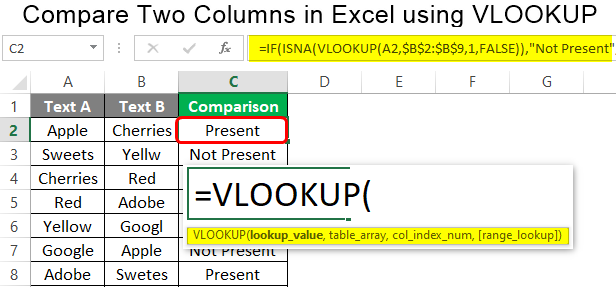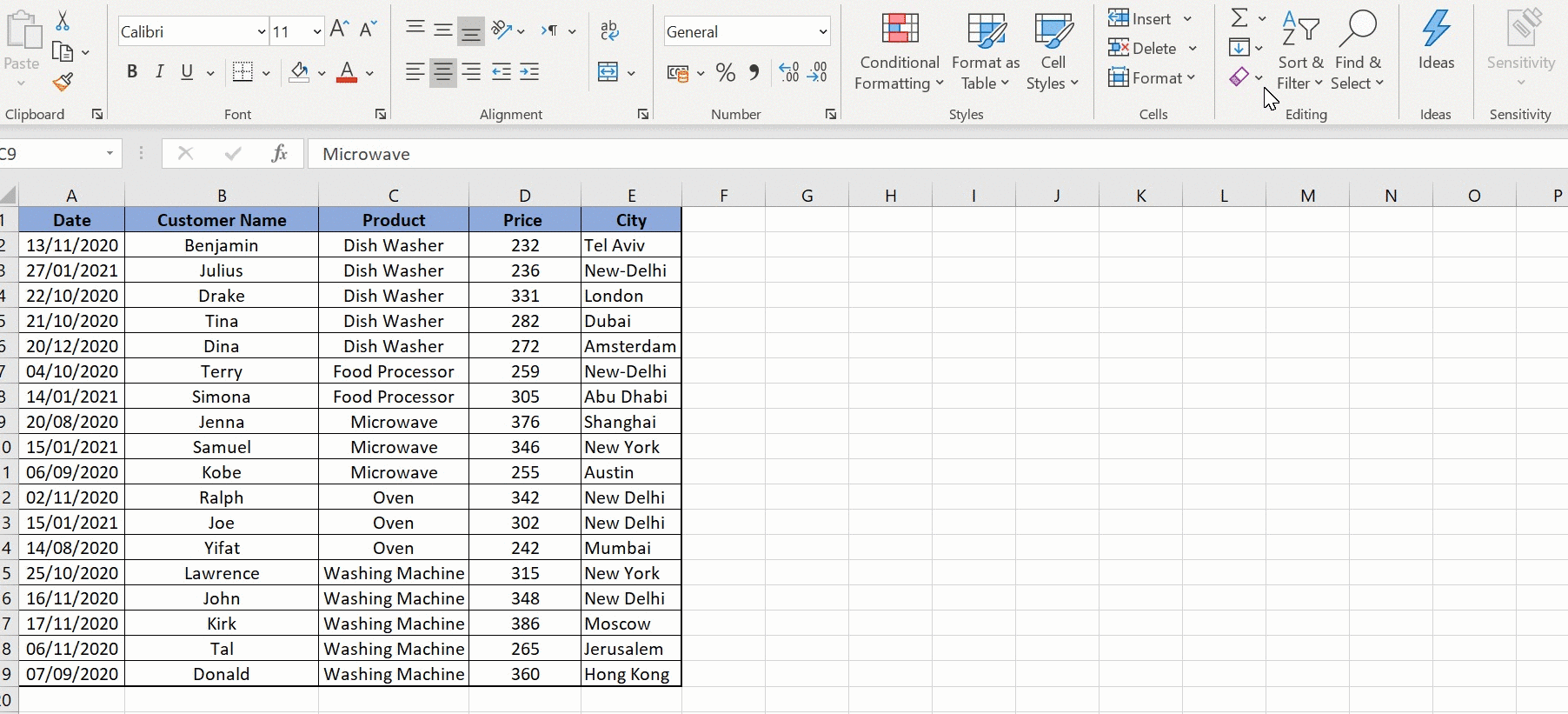5 Ways to Sort Excel Columns Instantly

The Significance of Sorting in Excel

Sorting data in Microsoft Excel is an essential skill for anyone who deals with large datasets, financial records, or simply wants to organize their information more effectively. Sorting can help you identify patterns, manage data efficiently, and perform analyses more accurately. Here, we will explore five straightforward methods to instantly sort columns in Excel, each offering a unique approach to streamline your data management experience.
Method 1: Using the Sort & Filter Menu


The Sort & Filter menu is perhaps the most common way to sort data in Excel:
- Select the column you want to sort by clicking on the header cell.
- Navigate to the Home tab.
- Click on the Sort & Filter group.
- Choose Sort A to Z or Sort Z to A for alphabetical sorting or numeric sorting from lowest to highest or highest to lowest.
💡 Note: This method is versatile, allowing for multiple levels of sorting (e.g., sort by Last Name, then by First Name).
Method 2: Custom Sort with Advanced Options

When basic sorting does not suffice, use custom sorting:
- Go to Data tab.
- Select Sort.
- Here, you can choose additional options like:
- Sort on cell attributes like values, cell color, font color, or icon.
- Sort Left to Right instead of the default Top to Bottom.
- Click OK to apply the sort.
Method 3: Sorting with Formulas

Formulas provide dynamic sorting capability:
- Use the SORT function for dynamic sorting:
=SORT(A2:D10, 1, TRUE)This will sort the range A2:D10 by the first column in ascending order. - Customize sorting by specifying the column to sort by, the sort order, and whether to sort based on values or another attribute.
📌 Note: The sort function updates automatically when you change the data, making it ideal for live data sources.
Method 4: Sorting with VBA Macros

For those comfortable with VBA, macros offer unparalleled control:
- Open the Visual Basic Editor by pressing ALT+F11.
- Insert a new module and write a sorting macro:
Sub SortColumnA() ActiveWorkbook.Worksheets("Sheet1").Range("A1:A100").Sort Key1:=Range("A1"), Order1:=xlAscending, Header:=xlYes End Sub - Run the macro to sort column A from the active workbook.
This method allows you to automate and customize sorting beyond Excel’s inbuilt options.
Method 5: Using Power Query for Sorting

Power Query is a powerful Excel feature for data transformation, including sorting:
- Select the range or table you want to sort.
- Go to the Data tab, and click on From Table/Range.
- In the Power Query Editor, select the column to sort from the header.
- Click Sort Ascending or Sort Descending.
- After sorting, click Close & Load to update your Excel sheet with sorted data.
Power Query remembers your transformations, making it easier to apply the same sorting to updated data.
Each of these methods brings its own advantages to the table. Whether you prefer the simplicity of the Sort & Filter menu, the detailed customization of the Data tab's Sort feature, the dynamic sorting capabilities of formulas, the automation potential of VBA, or the advanced data transformation of Power Query, sorting in Excel has never been more accessible.
By mastering these sorting techniques, you'll save time, enhance your productivity, and gain a deeper understanding of your data's structure. Experiment with these methods to find which one best fits your workflow and start managing your Excel data with efficiency and ease.
Can I sort data in Excel without affecting other columns?

+
Yes, you can sort individual columns without affecting the rest of your data by using the Sort dialog box. Here, you can select the option to sort only the selected column, leaving other columns unchanged.
How do I sort data in multiple levels?

+
Excel allows you to add multiple sort levels through the Sort dialog box. After selecting your primary sort column, you can click “Add Level” to include additional columns for sorting criteria.
Is it possible to sort data based on cell color or font color?

+
Yes, under the Sort dialog box, you can select ‘Cell Color’, ‘Font Color’, or even ‘Icon’ as sorting criteria. This feature allows for a more visual approach to data organization.
Can I automate sorting in Excel?

+
Yes, you can automate sorting using VBA macros or by setting up dynamic sorting with Excel formulas. Macros can be programmed to run automatically or through a user-defined command.



